#libraries and archives


Join the Special Collections Research Center next Tuesday (8 February) at 4 pm EST for our next After Hours virtual open house of the term celebrating the launch of Ed Yellin and Jean Fagan Yellin’s book, In Contempt: Defending Free Speech, Defeating HUAC. In writing this book, the authors drew heavily upon materials that are now part of the Labadie Collection. Registerto join us via Zoom. Read more!
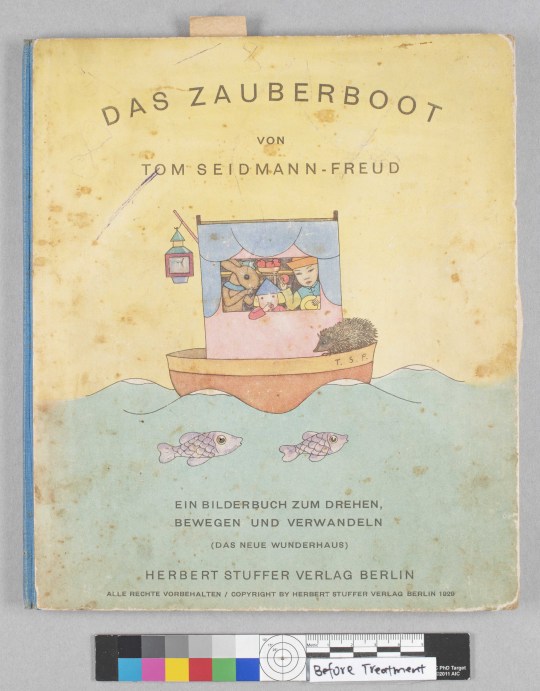

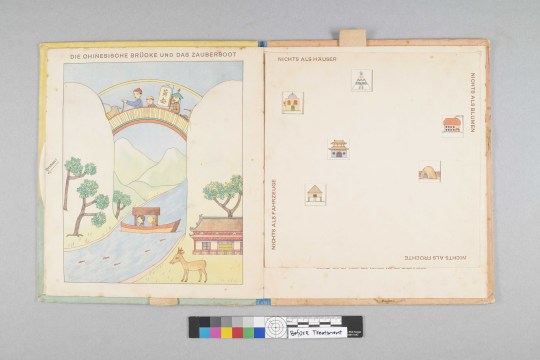
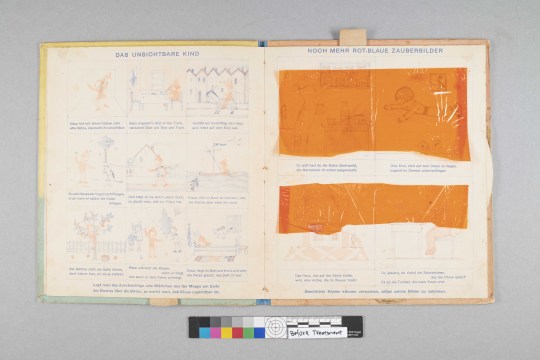
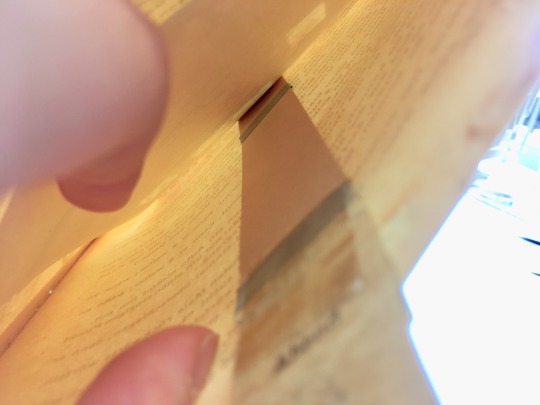
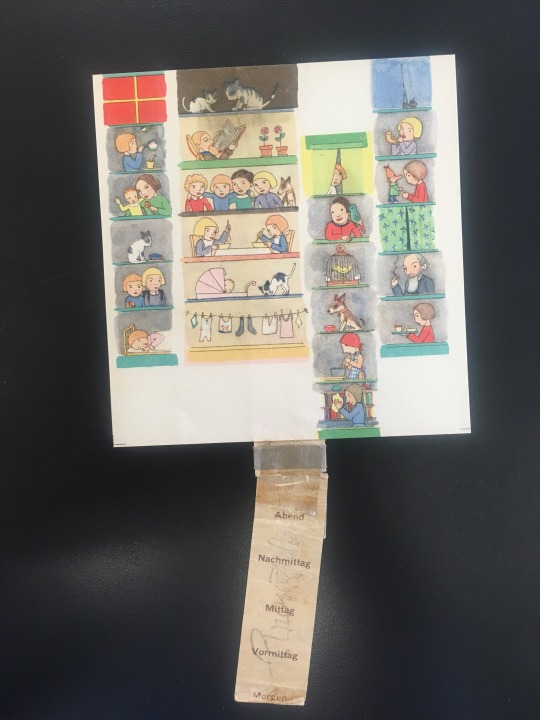
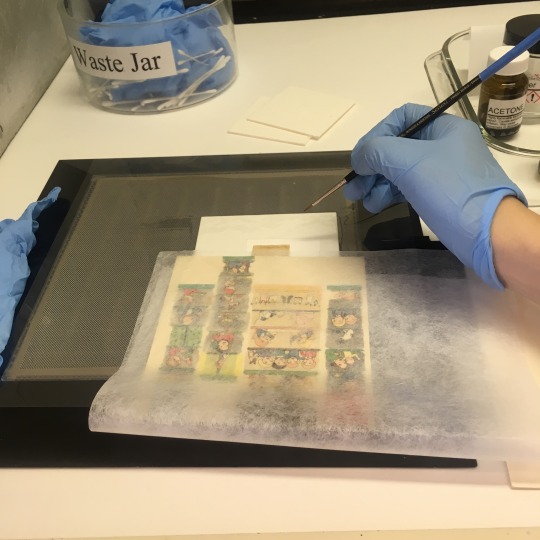


Second in a series of guest posts from Shaoyi Qian, summer 2021 Baker Fellow at the U-M Library’s conservation lab, describing her work on several pop-up and moveable books. Read more!

We are excited to continue our online After Hours open houses this semester! Join the Special Collections Research Center on the second Tuesday of each month 4-5 pm for a virtual encounter with our collections. While all the events are online, we have offered an in-person option for the first session in the series. All are welcome to beam in and join us.

Our first event will take place next Tuesday 11 January from 4-5.30 pm EST and will feature a selection of Spanish Treasures at the University of Michigan Library. The Special Collections Research Center holds an extraordinary collection of early printed books published in Spain from the fifteenth century onward. Particularly significant are the holdings illustrating the Golden Age of Spanish literature in the sixteenth and seventeenth centuries, that is, the so-called “Siglo de Oro,“ which includes world-renowned writers like Garcilaso de la Vega, Miguel de Cervantes, and Francisco de Quevedo. Curator Pablo Alvarez will provide a tour of artifacts as witnesses of how literary masterpieces such as El Lazarillo de Tormes or Don Quixote were published and read centuries ago, as well as additional documents illustrating some of the political and religious anxieties of Spanish society at that time, including books produced by the formidable Holy Inquisition.
Join us if you can!

Marbled Monday board linings and hinges! From the lower board on the cover of Isl. Ms. 453, a manuscript volume of Maʻālim al-tanzīl, al-Baghawī’s (d.1117?) commentary on the Qurʼān, copied in 1447 in Samsun
Description&images of entire manuscript openly available online!


Souvenir de Salonique : Rue Parallèle au quai DS 135 .G72 T41 S688 1912
“Newly acquired and cataloged for our Jewish Salonica Postcard Collection, this historical postcard depicts a street parallel to the dock in Salonica (Thessaloniki), circa April 1912.” Read more!


Les siècles se rencontrant : Juives : La mère et la fille. DS 135 .G72 M47 C67 1917
Newly catalogued for the Jewish Salonica Postcard Collection: Two centuries meeting – the mother and daughter, circa 1917.
“A mother and her daughter walk down a street in Salonica (Thessaloniki, Greece) around 1917, as depicted in this historical postcard newly cataloged and added to our Jewish Salonica Postcard Collection. The mother is in a traditional Jewish dress while the daughter wears a modern Parisian one.”

“End 20 Years of Israeli Occupation"
November 29th Committee for Palestine
Design: Juan R Fuentes 1987
Political Posters, Labadie Collection, SCLP1601

Newly gifted to the Joseph A. Labadie Collection: Der frayer gedanḳ (La pensée libre), a Yiddish monthly Anarchist journal published in Paris and Tel Aviv between 1949-1963. Read more!


Salonicco : Cimitero Israelita DS 135 .G72 T41 C46 1917
“With more than 300,000 graves, the Jewish cemetery of Salonica (Thessaloniki, Greece) depicted in this postcard was one of the largest Jewish cemeteries in Europe. This cemetery was also an outstanding symbol of the centuries-old Jewish presence in the Balkan port-city and capital of the region known as Macedonia – grave stones that have survived are dated back to 1493.
Initially located in the periphery of Salonica, the Jewish cemetery eventually became a central area as the city expanded eastward. After the Great Fire of 1917, new urbanistic plans proposed the expropriation or transfer of the cemetery. In the 1930s, parts of the Jewish necropolis were given to the University of Thessaloniki…” Read more!







“Before punks, hippies, and beatniks there were hobohemians. Born in reaction to an increasingly urban and industrial American society, these radicals combined a working class consciousness with a rejection of rampant materialism to create a bulwark against a rising tide of greed and exploitation. The Hobohemia Collection in the Joseph A. Labadie Collection gives a glimpse into this subculture through the writings and artifacts of two prominent hobohemians, Jack Sheridan (1905-1967) and Slim Brundage (1903-1990), shining a light on a mutinous spirit that bubbled just below the surface of the American status quo.” Read more!
Guest post by Andrew Wilhelme, a second year graduate student in the School of Information Sciences at Wayne State University. This article is partial fulfillment of the Archival Administration Practicum.
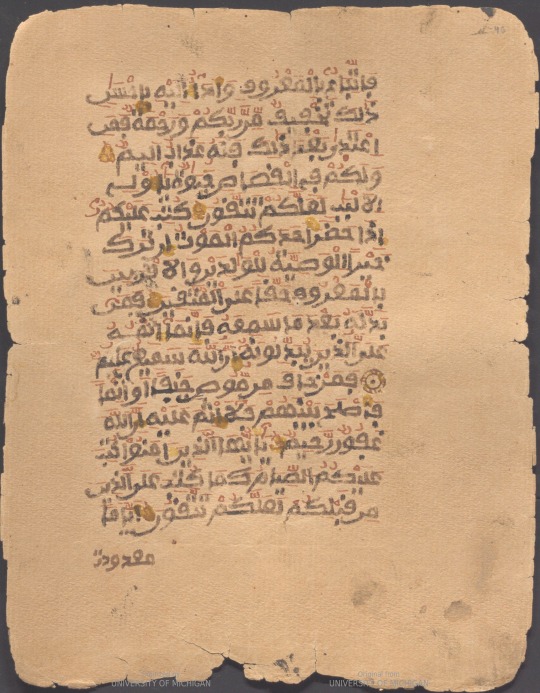
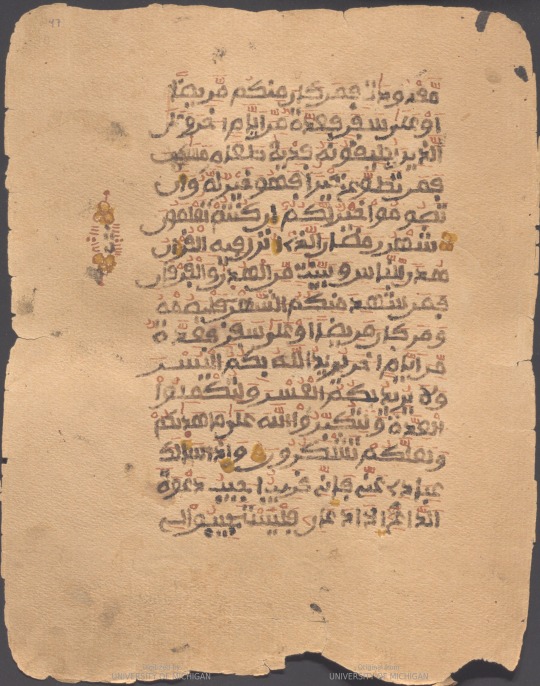
شَهْرُ رَمَضَانَ الَّذِي أُنزِلَ فِيهِ الْقُرْآنُ
Blessed early days of Ramadan
183 You who believe, fasting is prescribed for you, as it was prescribed for those before you, so that you may be mindful of God. 184 Fast for a specific number of days, but if one of you is ill, or on a journey, on other days later. For those who can fast only with extreme difficulty, there is a way to compensate – feed a needy person. But if anyone does good of his own accord, it is better for him, and fasting is better for you, if only you knew. 185 It was in the month of Ramadan that the Qur’an was revealed as guidance for mankind, clear messages giving guidance and distinguishing between right and wrong. So any one of you who is present that month should fast, and anyone who is ill or on a journey should make up for the lost days by fasting on other days later. God wants ease for you, not hardship. He wants you to complete the prescribed period and to glorify Him for having guided you, so that you may be thankful.”
[The Qur’an 2:183-185, translation of M. A. S. Abdel Haleem]
Opening with Sūrat al-Baqarah (2) 183-185 in Isl Ms 1061, stunning late 19c or early 20c copy of the Qurʼān from Borno
Browse / download the entire manuscript here
Ramadan Kareem with care and hopefulness


Salonique 1917: Le Quartier israëlite détruit. Special Collections Research Center DS 135 .G72 T41 Q37 1917


Salonique: Incendie des 18-19-20 Août 1917 DS 135 .G72 T41 I53 1917
“Located between the Mediterranean Sea and the Balkan Peninsula, the port city of Salonica (Thessaloniki), Greece, is in the intersection of two different climatic zones – a geographic situation that creates high variations in atmospheric pressure during the year. In several occasions through the centuries, the strong winds that blow from the north down the Vardar valley whipped up fires that quickly spread, causing significant damage and devastation in the city. The fire that sparked in Salonica on Saturday, August 18, 1917 was of unprecedent scale and changed completely the physiognomy of the city. The fire burned a large part of the historic city center, where several predominantly Jewish neighborhoods were located, leaving a large part of the city’s population homeless – approximately 56,000 Jews, 15,000 Christians, and 10.000 Muslims had their houses consumed by the fire. After the fire, a new urbanistic plan was implemented under the leadership of two famous architects, Ernest Hébrard of France and Thomas Mawson of England. The majority of the Jewish residents who lost their houses, now impoverished, were transferred to peripheral areas of the town, such as the Regie Vardar and Campbell districts. Dozens of postcards depicted the great fire of 1917, including the two featured here, which were purchased by the Special Collections Research Center with the generous support of the Lucius N. Littauer Foundation and the Solovy Judaica Book Fund.” Read more!


“Splendors of the religious and artistic endeavors of Byzantine manuscript makers are on display from the Greek manuscript collection at the University of Michigan Library (Special Collections Research Center). We warmly invite you to explore these extraordinary treasures at the Audubon Room, North Hatcher Library, March 26-June 28, 2022.The University of Michigan Library holds an extensive collection of Greek manuscripts consisting of 110 codices (bound manuscripts) and fragments that range from the fourth to the nineteenth centuries CE. It is the largest such collection in the Western Hemisphere. As explained in the exhibit, most of these manuscripts were purchased through the efforts of Professor Francis Willey Kelsey in the second decade of the previous century. Our exhibit displays highlights from these holdings, offering insights into the religious and artistic endeavors involved in the making, use, and dissemination of Byzantine codices.” Read more!












Get Those Books Moving : Part 3
Third in a series of guest posts from Shaoyi Qian, summer 2021 Baker Fellow at the U-M Library’s conservation lab, describing her work on several pop-up and moveable books. Read more!
